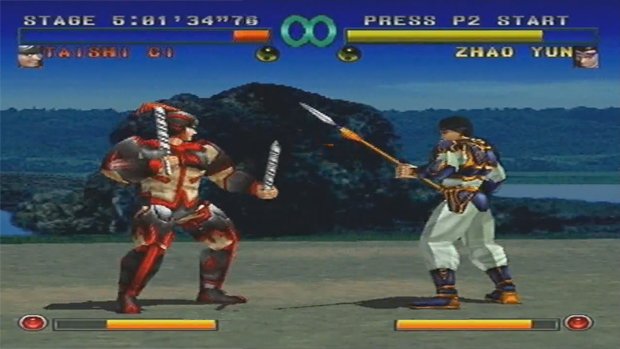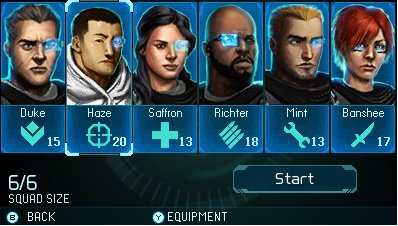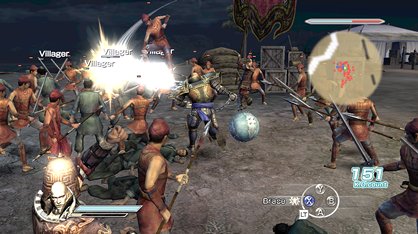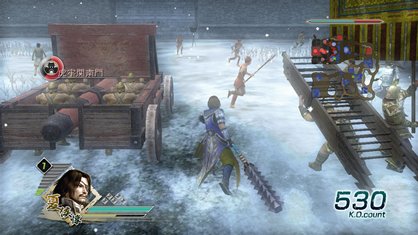The Top 7… Sequels that changed everything
For better or worse, these games dared to defy tradition and struck out on their own
What it was before: A Soul Edge-inspired, weapons-based one-on-one fighter for PSOne that was based on Romance of the Three Kingdoms, and more specifically on Koei’s RotTK strategy games.

What it became: Not content to stick with one-on-one duels, publisher Koei and developer Omega Force decided to think big for the sequel. Really big. And when the PlayStation 2 launched in late 2000, Dynasty Warriors 2 wowed players by throwing not one but dozens of opponents at them at once. Mixing brawls against enormous crowds with strategic movements on huge, open battlefields, Dynasty Warriors 2 was hailed as a testament to the PS2’s power, and one of the most innovative and interesting games in its launch lineup.

Where it went from there: Well, Dynasty Warriors 3 added elephants, and it’s kind of been downhill since then. Sadly, Dynasty Warriors 2 would mark the last time the words “Dynasty Warriors” and “innovation” were used together in a sentence without being followed by cruel laughter. In the 10 years since its release, the series has churned out some 28 titles, including handheld spinoffs, the splinter Samurai Warriors, Warriors Orochi and Dynasty Warriors: Gundam series, and the two or three different versions that every game since 3 has been produced as.


Above: Screens from Dynasty Warriors 6 and Dynasty Warriors 6: Empires. Can you tell the difference?
This might not be so bad, except that there appears to be very little practical difference between any of them. They might add new stories and tactical features, but in the end they’re all about following the example DW2 set: one player character facing off against a horde of baddies. So, more than any other game on this list, Dynasty Warriors 2 changed everything about its franchise, and forever altered all of the entries to come after. We just can’t help but wish it had changed a little more since then.
Oct 11, 2010


The unnecessary new features that inevitably slip into the franchises we love
Sign up to the GamesRadar+ Newsletter
Weekly digests, tales from the communities you love, and more

Years of development, stacks of new tech, millions of dollars, no discernable improvement

Or how to make a killer sequel when all the best ideas were in the original
